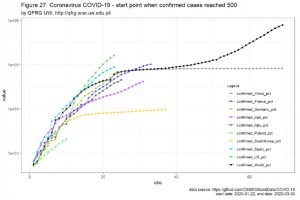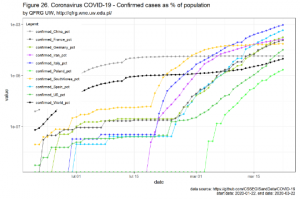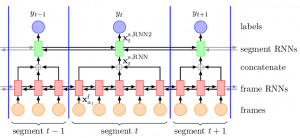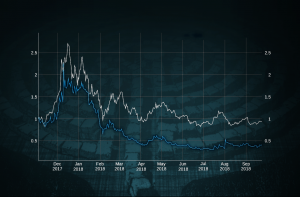Multifactor analysis of equity indices risk premium using cross-sectional regime switching models, Mar 2015 – May 2016
This project aims to implement and extend the evaluation of classic multifactor models of Carhart (1997) in the case of global equity indices. Our intention is to test several modifications of these models to take into account different dynamics of equity excess returns between emerging and developed equity indices. Proposed extensions include volatility regime switching mechanism (using dummy variables and the Markov approach) and three new risk factors based on realized volatility of index returns, percentage deviation from nominal GDP trend and capitalisation relative to GDP factor. Additional modifications include introduction of common and country specific variables in order to control for global risk, where changes in volatility of various assets, prices of commodities, currencies and rates is really important.
Moreover, instead of using data for individual stocks (which is a common approach in the literature), we evaluate the performance of these models for weekly data of 81 world investable equity indices in the period of 2000-2015. Such approach is proposed to estimate equity risk premium for each country separately.
In addition to empirical econometric analysis, we construct two strategies employing the results of our reseach. The first strategy utilizes theoretical value of equity risk premium from multifactor Markov-switching model with exogenous variables. We compare theoretical with realized equity risk premium for a given index to undertake the buy/sell decisions. The second approach works on eight risk factors, treated as separate asset classes, and applies them as input variables to Markowitz portfolio selection algorithms with alternative optimization criteria. It is worth noting that in particular the second approach yields significant positive returns in a walk-forward optimization procedure.
The support of NCN grant number 2014/13/B/HS4/03209 is gratefully acknowledged.
The project was jointly realised by: Paweł Sakowski, Robert Ślepaczuk and Mateusz Wywiał.
















